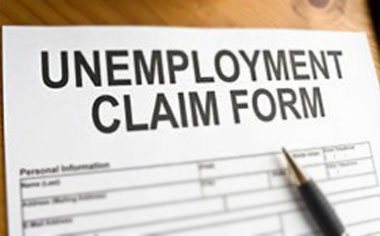Virginia lost 29,000 jobs last month, pushing the unemployment rate up to 4.8%. In Maryland the unemployment rate is also rising, currently at 5.4%. Read more here.
Unemployment Rises in Virginia and Maryland
written by Jeanine Martin
April 21, 2015
0 comment
Jeanine Martin
Also known as Lovettsville Lady, I am a Republican activist in the wilds of western Loudoun County.

